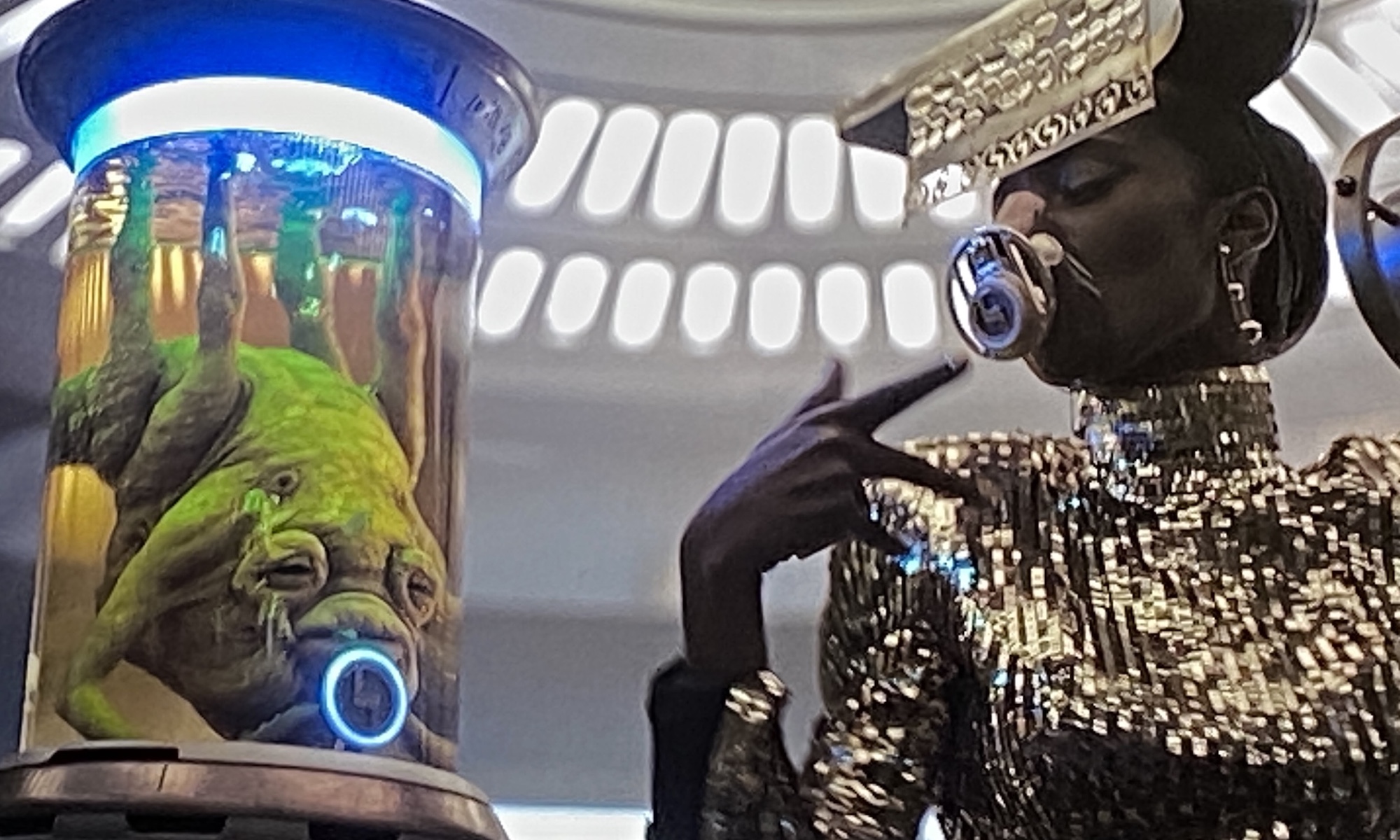Most big herbivores are, frankly. If you have a pretty steady supply of food and don't have to worry about missing a hunt and starving to death, you can afford to throw your weight around more and generally be more aggressive!
That's why the most dangerous big animals in the world are almost all herbivores.




This is also why walking right up to these things in Jurassic Park would have been a fantastically bad idea
Sauropods would be fucking terrifying and it annoys the hell out of me that media constantly portrays them as passive and harmless. That Indominus Rex from Jurassic World would have been slaughtered against an Apatosaurus—let alone a whole herd of them.
Ok but, bringing it back to sauropods, people dont really understand just HOW terrifying they were
First, size. And yeah most people understand that sauropods were bit, but it really needs to be reinforced just how big they were.

This is Camarasaurus lentus, around 15 ish meters and over 16 tons, for reference sake, the largest african elephant bull EVER recorded was 11 tons.
pretty decent difference right?
Well, except one thing.
This is a small sauropod.
Want to see a large one?

Yeah, you're reading that right, 53 tons. Almost five times heavier than the largest recorded african elephant ever.
And they get even larger.

This bastard was last estimated at 73 tons, the largest animal ever to walk the earth.
And they didn't just get big, they got long, too

That right there, is BYU 9024, it (among with a few undescribed remains) shows an animal in the size range of 130+ feet (40+ meters), this one here clocks in at around 130, and the funny thing is? this is the conservative estimate, larger specimens are not unreasonable in the slightest. It's not quite as heavy as the big south american bastard above it, but at 67 tons, its close.
Secondly, speed.
We've all seen it, lumbering behemoths that were dumb as rocks and probably about as fast, with a tailwind, going downhill.
Well…. Not really, the latest studies done as of Asier larramedi's sauropod facts and figures book gives some… Horrifying estimates.

I'll spare you the complete explanations, there will be a paper out soon that goes into greater depth, but I'd like to draw your attention to the speeds, specifically fo the animal called Giraffatitan.
Most people are familiar with it in some way, shape or form, but to clear up what exactly Giraffatitan is.

They're not the small ones in the foreground, they're the big ones in the back. 33 tons of pure muscle, moving at 16 mph (25 kp/h). Again, to provide further reference.
This is how fast that is. It's a house running at you, forget a hippo charging you, this would be a tidal wave of flesh and hatred bearing down on you.
And finally, weapons.
Like it was earlier pointed out, Apatosaurus should have absolutely trounced the Indominus, because quite frankly at such a size anything you do will hurt. Kicks with the front or hind limbs will be utterly devastating to anything except another of their kind, but Apatosaurus had another thing going in its favor.

One thicc-ass neck. Pictured here with speculative keratin spikes on the bottom, whilst the spikes are speculation, the neck itself would have essentially functioned like a fleshy battering ram, capable of pulping ribcages and smashing anything that could have "preyed" upon them.
But that's not even the most terrifying thing, though this is not specific to Apatosaurus itself, but to all diplodocoids (Apatosaurus, Barosaurus, Diplodocus, etc.)
Specifically, the tail.

This is Diplodocus, as you can see, this animal is half tail, as you might also be able to see, the latter half of that tail tapers down to what can, in all essence be described as—a whip.
A serrated whip, powered by some of the largest muscles in the largest animals that would have walked on earth.
But it gets even more horrifying.
You see, there have been studies that have come to a conclusion, and though there are those that have doubted them, that the tips of these tails, could have—and would have—broken the sound barrier. Yup, you heard that right, and as soon as that fact begins to seep in, you'll realize the horrifying implications.
A diplodocoid whipping its tail, would blow out the eardrums of any animal close by and unfortunate enough to draw its ire, the sauropod itself would possibly not come out unscathed, but when you can literally give a would-be predator internal hemmorages by, what to them would be essentially like snapping a finger, the benefits begin to outweigh the risks involved.
And that's not even mentioning what would happen if it hit anything, an impact at such velocity, with such mass driving it would be—quite frankly— devastating beyond words.
Flesh wouldn't just tear, it wouldn't just break skin or bones, flesh would melt, bones would shatter, if not simply cease to be. And this is on a sufficiently sized animal such as Allosaurus or Torvosaurus.
On a human? They would be ripped in half.
So yeah, Sauropods get shafted in popular media to an extent that isn't even possible, if you think hippo's are scary, imagine something fourty times its size, faster than you, and able to kill you without even touching you.
Sauropods are kaiju, plain and simple.

The babies were really cute though. This is Andrew, and he's a baby—the size of a horse.
If you want to know just how tiny they began, this is probably a good reference.

Yeah, the largest animals ever to walk the earth started out life at about the size of a dachshund. Eat your greens everyone.
[Source (edited for spelling, grammar, and content0}


